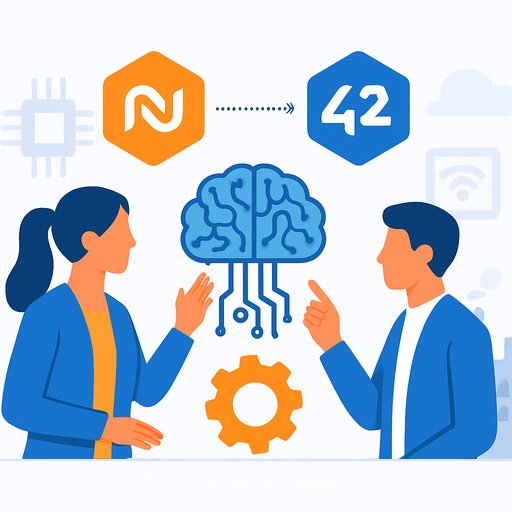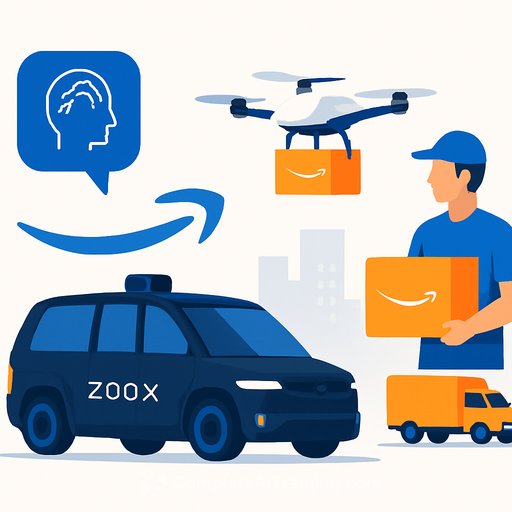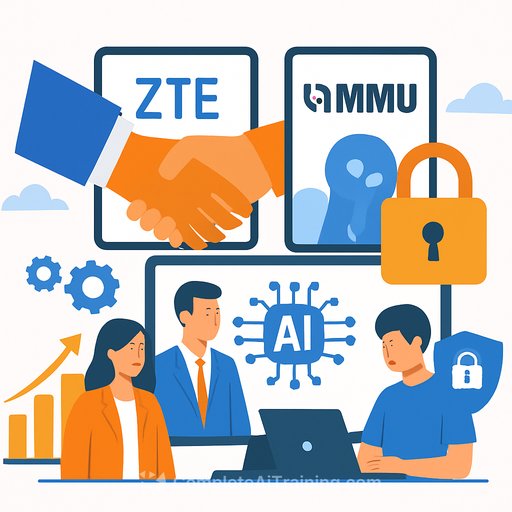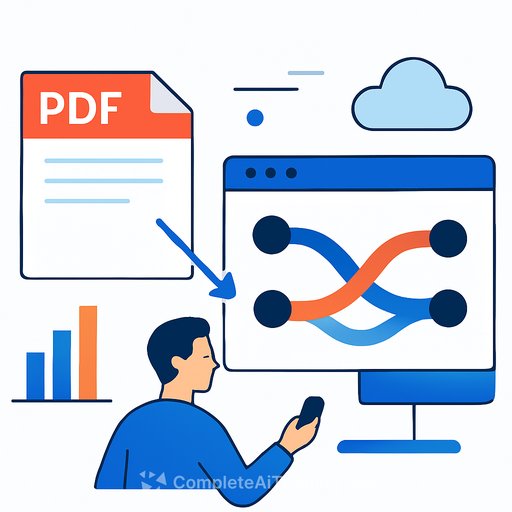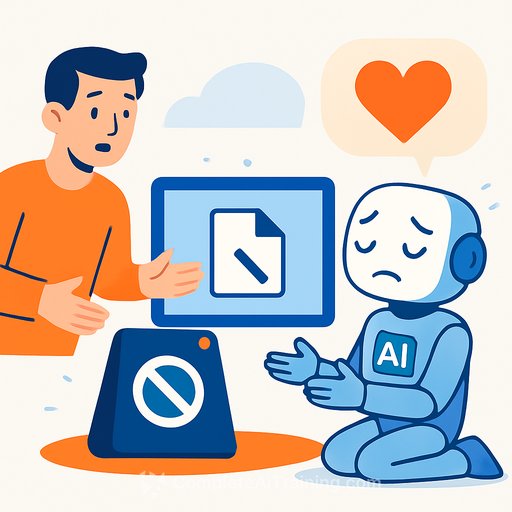Turbo AI: From a classroom headache to five million users and eight-figure ARR
Five million users. Eight-figure annual recurring revenue. Twenty thousand new users joining daily. That's the current snapshot for Turbo AI, launched in early 2024 by 20-year-old founders Rudy Arora and Sarthak Dhawan.
Most of that growth landed in the last six months, climbing from one to five million users while staying profitable. The wedge was simple: help people keep up with information without splitting their attention.
The spark: "I couldn't listen and take notes at the same time"
Dhawan ran into a common issue in class: listen or write, but not both. The fix became a product idea-let AI capture the lecture, then auto-generate notes, flashcards, and quizzes.
They built an early version called Turbolearn, shared it with friends, and it spread across Duke and Northwestern, then to Harvard and MIT. The rebrand to Turbo AI followed as the use cases expanded beyond studying.
From passive notes to active learning
Turbo AI goes beyond record-transcribe-summarize. It creates interactive study notes, flashcards, and quizzes, plus a built-in chat assistant that explains terms or concepts on the spot.
Lecture halls can be noisy, so students now often upload PDFs, slides, readings, and YouTube lectures instead of recording live audio. Engagement looks intense: some users work through 75 quiz questions in one sitting.
Adoption beyond campus
Professionals have picked it up-consultants, lawyers, doctors, even analysts at firms like Goldman Sachs and McKinsey, according to the founders. Many upload long reports, generate summaries, or convert them into podcasts for commutes.
Team, background, and discipline
Arora and Dhawan have been building together since middle school. Dhawan previously shipped UMax, an advice app that hit #1 on the App Store, reached 20 million users, and drove $6 million in annual revenue. Arora focuses on social-led growth and user acquisition at scale.
The 15-person team is based in Los Angeles and stays close to student and creator communities at campuses like UCLA to keep feedback loops tight.
Business model, pricing tests, and funding
Students pay about $20 per month today, but pricing is in flux. The team is running A/B tests to find a model that fits student budgets while serving broader audiences.
They've raised $750,000 to date, took it before major traction, and have stayed cash-flow positive. It's a rare mix: aggressive growth with financial restraint.
Positioning: co-writing with AI, not full autopilot
Turbo AI sits between manual tools like Google Docs and fully automated note-takers. Users can let the AI take notes or write alongside it, which keeps people in the loop and improves trust.
Competitors exist, including student-focused products and enterprise note bots like Otter and Fireflies. Turbo's edge is an interactive learning flow that rewards time-on-task with better recall.
What product teams can learn
- Solve a pain people feel daily. "Listen or write, pick one" is obvious, frequent, and costly-perfect for adoption.
- Design for constraints. Noisy lecture halls pushed the team to nail document and video uploads, which unlocked more use cases.
- Ship outcomes, not features. Notes are useful; quizzes, flashcards, and explanations drive retention and habit.
- Make it participatory. Co-writing with AI builds trust and reduces hallucination risk; full autopilot isn't always better.
- Build bottom-up distribution. Campus loops (friends, clubs, creators) compound faster than ads when the product sticks.
- Price with humility. Test, segment, and respect student sensitivity while expanding to higher-WTP professional segments.
- Grow with discipline. Profitability and small checks keep focus high and overhead low while options stay open.
What to watch next
Can Turbo AI keep student love while expanding into professional workflows? Will uploads and long-form processing scale cleanly from a unit economics standpoint?
Expect deeper features for knowledge workers (summarization presets, podcast queues, compliance, export workflows) without bloating the core student experience.
If you're building or upskilling in AI
Want to level up your team's AI skills for product, data, or engineering roles? Explore curated programs by job here: Complete AI Training - Courses by Job. Or browse the latest practical courses: Latest AI Courses.
Bottom line: Turbo AI turned a simple classroom pain into a profitable, fast-scaling product by focusing on active learning, flexible inputs, and letting users stay in control. That combination travels well-from lecture halls to boardrooms.
Your membership also unlocks:



